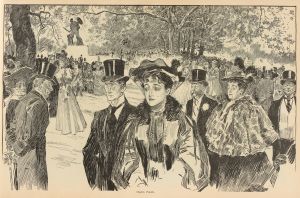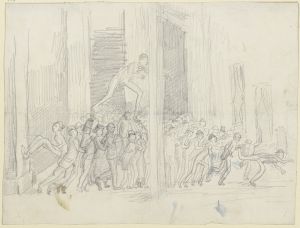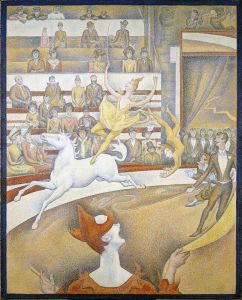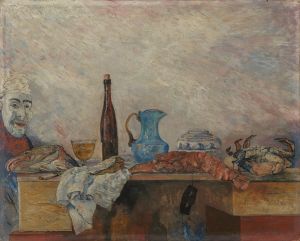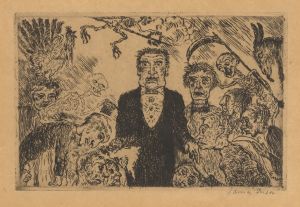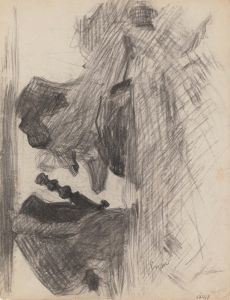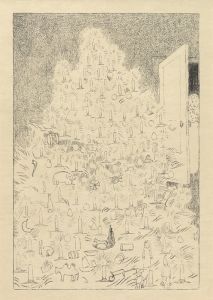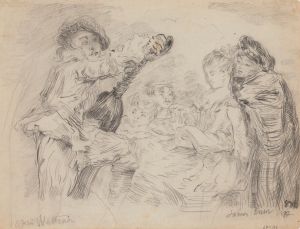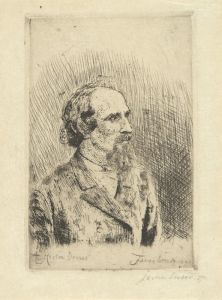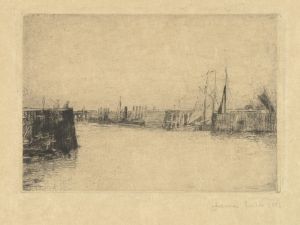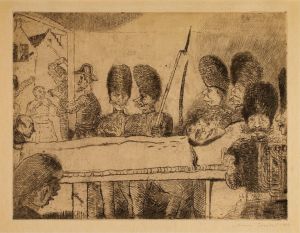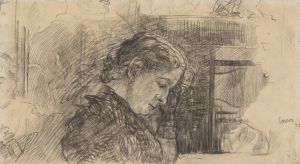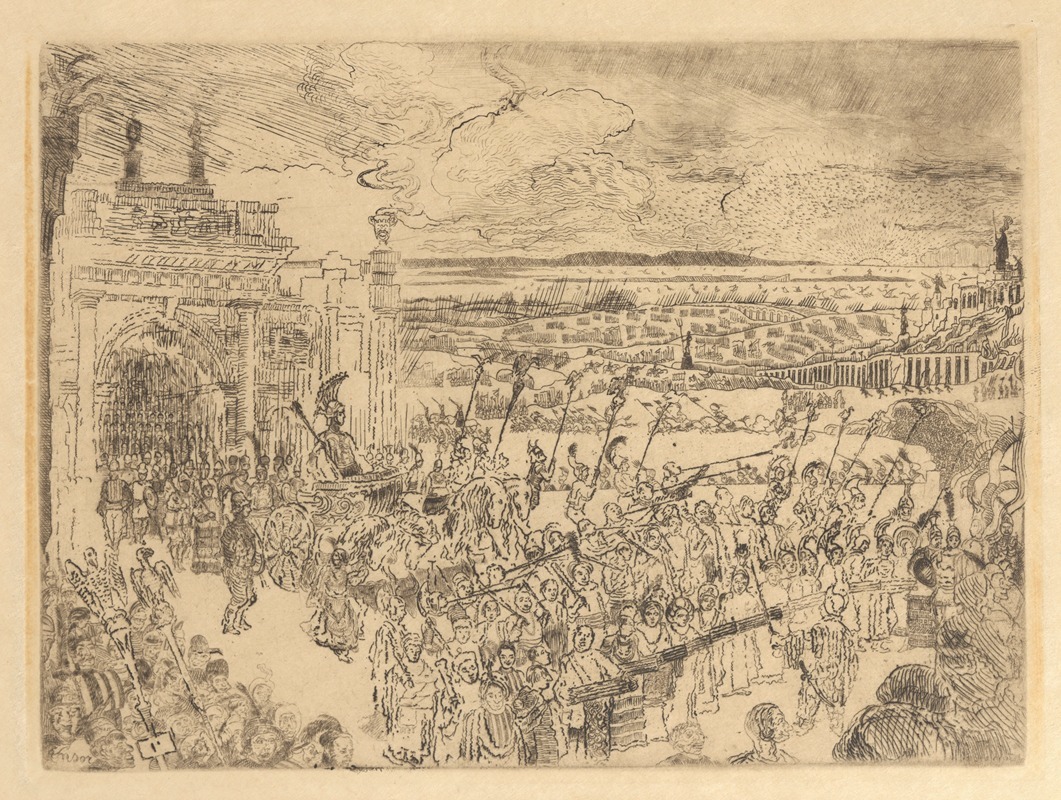
De Romeinse zegetocht
A hand-painted replica of James Ensor’s masterpiece De Romeinse zegetocht, meticulously crafted by professional artists to capture the true essence of the original. Each piece is created with museum-quality canvas and rare mineral pigments, carefully painted by experienced artists with delicate brushstrokes and rich, layered colors to perfectly recreate the texture of the original artwork. Unlike machine-printed reproductions, this hand-painted version brings the painting to life, infused with the artist’s emotions and skill in every stroke. Whether for personal collection or home decoration, it instantly elevates the artistic atmosphere of any space.
"De Romeinse zegetocht" (The Entry of Christ into Brussels in 1889) is a renowned painting by the Belgian artist James Ensor, completed in 1888. This monumental work is considered one of Ensor's masterpieces and a significant contribution to the Symbolist movement in art. The painting is notable for its large scale, measuring approximately 252 cm by 431 cm, and its complex, chaotic composition.
James Ensor was born in 1860 in Ostend, Belgium, and became an influential figure in the development of modern art. His work often features fantastical elements, grotesque figures, and a satirical edge, reflecting his critical view of society. "The Entry of Christ into Brussels in 1889" exemplifies these characteristics, presenting a vivid and critical portrayal of contemporary society through the lens of a historical and religious theme.
The painting depicts a grand, chaotic parade in the streets of Brussels, ostensibly celebrating the entry of Christ into the city. However, the scene is filled with a cacophony of grotesque and exaggerated figures, including politicians, clergy, and members of the bourgeoisie, all wearing masks. This use of masks is a recurring motif in Ensor's work, symbolizing hypocrisy and the hidden nature of human intentions.
At the center of the composition, almost lost amidst the throng, is the figure of Christ riding on a donkey, a reference to the biblical account of Christ's entry into Jerusalem. However, in Ensor's interpretation, Christ is largely ignored by the crowd, which is more focused on the spectacle and their own self-interest. This central theme of the painting serves as a critique of the superficiality and moral decay Ensor perceived in society.
"The Entry of Christ into Brussels in 1889" was initially met with resistance and was not exhibited publicly until many years after its completion. The painting's bold style and critical message were ahead of its time, challenging the artistic conventions and societal norms of the late 19th century. Today, it is celebrated for its innovative approach and is considered a precursor to Expressionism and Surrealism.
Ensor's use of vibrant colors, dynamic composition, and intricate detail in this work demonstrate his technical skill and unique artistic vision. The painting's chaotic energy and satirical tone reflect the social and political tensions of the era, making it a powerful commentary on the human condition.
Currently, "The Entry of Christ into Brussels in 1889" is housed in the J. Paul Getty Museum in Los Angeles, California. It remains a significant work in the history of art, admired for its boldness and enduring relevance. James Ensor's legacy as a pioneering artist is cemented by this painting, which continues to inspire and provoke thought among viewers and art historians alike.





